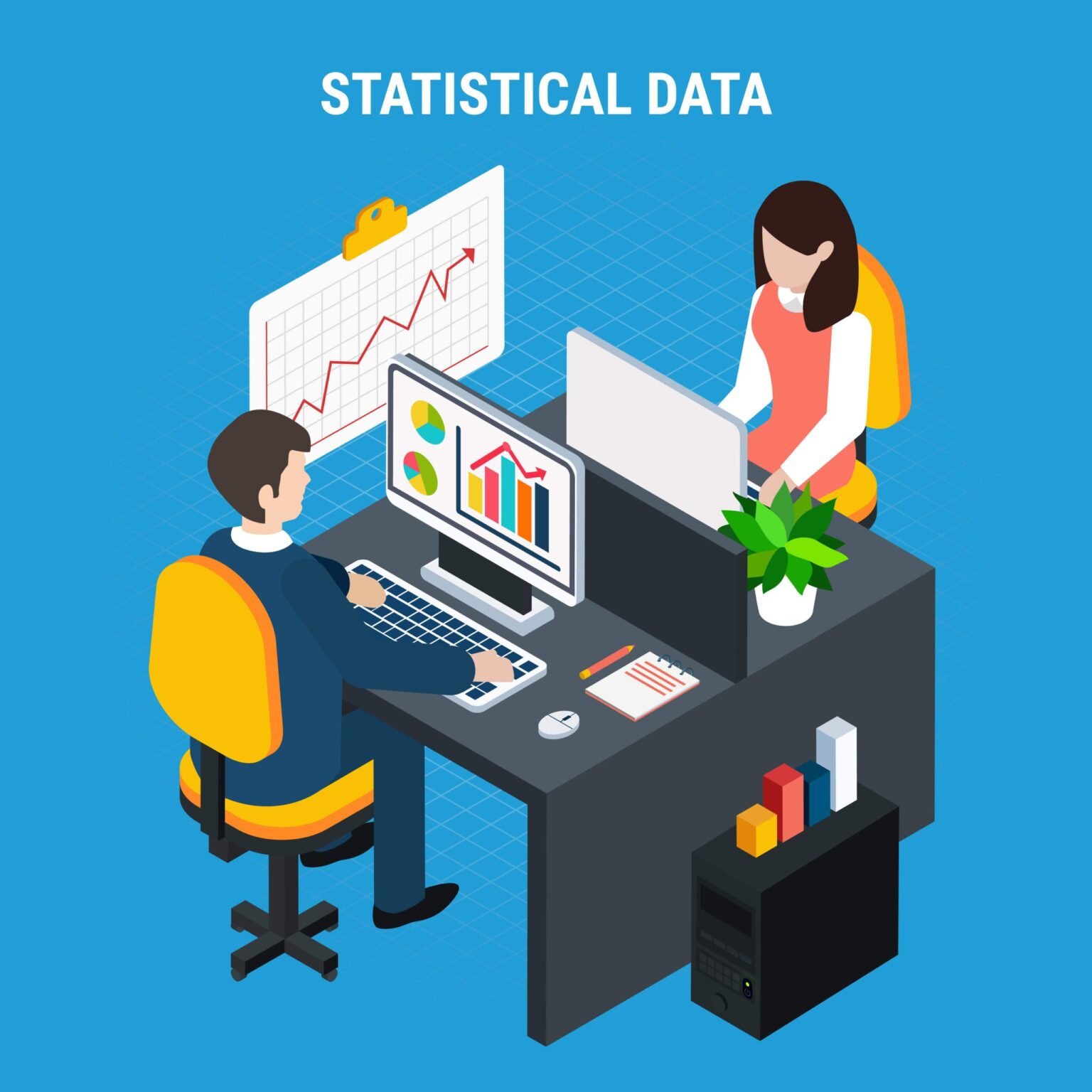Managing customer data and ensuring compliance and ethical use in marketing technology is of utmost importance to maintain customer trust and comply with legal and ethical standards. Here are some key considerations and strategies to ensure compliance and ethical use of customer data in marketing technology:
Data Privacy Compliance: Familiarize yourself with relevant data privacy regulations such as the General Data Protection Regulation (GDPR) and the California Consumer Privacy Act (CCPA). Understand the requirements for obtaining consent, data storage, processing, and the rights of individuals regarding their personal data. Ensure that your marketing technology processes and systems align with these regulations.
Transparent Data Collection: Be transparent about your data collection practices. Clearly communicate to customers the types of data you collect, how it will be used, and who it will be shared with. Provide easily accessible privacy policies and terms of use that outline your data handling practices. Obtain explicit consent from customers before collecting and using their personal data.
Data Security Measures: Implement robust security measures to protect customer data from unauthorized access, breaches, and misuse. Employ encryption, access controls, secure storage, and regular security audits to safeguard customer information. Comply with industry best practices and standards to maintain data security.
Data Minimization: Collect and retain only the necessary customer data required to fulfill your marketing objectives. Avoid collecting excessive or irrelevant data. Regularly review and assess the data you collect and purge any unnecessary information. This minimizes the risk associated with storing and handling excessive customer data.
Anonymization and Pseudonymization: Consider anonymizing or pseudonymizing customer data whenever possible. Anonymization removes personally identifiable information, while pseudonymization replaces it with unique identifiers. These techniques help protect customer privacy and reduce the risk of unauthorized identification.
Consent Management: Implement robust consent management processes and systems to ensure proper collection and management of customer consent. Obtain explicit and informed consent for specific purposes, and provide mechanisms for customers to easily withdraw their consent. Keep records of consent to demonstrate compliance with regulations.
Ethical Data Use: Use customer data ethically and responsibly. Avoid discriminatory practices, unfair targeting, or invasive profiling. Ensure that data-driven decisions are fair, unbiased, and in line with your customers’ best interests. Regularly review and evaluate your marketing technology practices to identify any potential ethical concerns.
Third-Party Data Handling: If you share customer data with third parties, ensure they adhere to the same data protection and privacy standards. Establish data protection agreements and conduct due diligence on third-party vendors to ensure they meet the necessary compliance requirements.
Employee Training and Awareness: Educate your employees about data privacy, security, and ethical practices. Train them on the proper handling of customer data and the importance of compliance. Foster a culture of privacy and ethics within your organization to ensure everyone understands their role in protecting customer data.
Regular Audits and Compliance Reviews: Conduct regular audits and compliance reviews to assess the effectiveness of your data management practices. Identify any gaps or areas for improvement and take necessary actions to address them. Stay updated on evolving regulations and best practices in data privacy and adjust your processes accordingly.
Customer Rights and Transparency: Respect customer rights and provide mechanisms for customers to exercise their data rights. Offer easy-to-use data access and deletion processes. Be transparent about the data you have and provide customers with options to manage their preferences and control the use of their data.
By implementing these strategies, you can ensure compliance with data privacy regulations, maintain ethical data practices, and build customer trust in your marketing technology initiatives. Prioritize data protection, transparency, and responsible data use to establish a strong foundation for ethical marketing practices.



